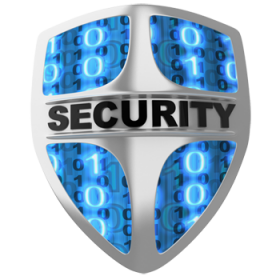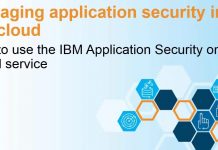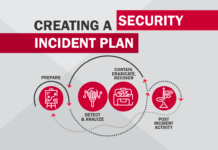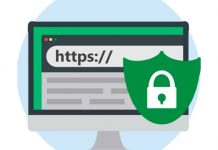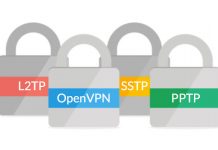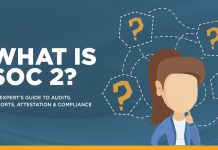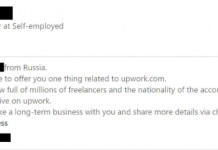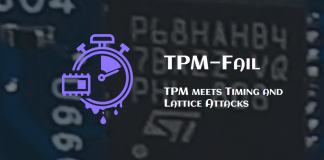Torrents work on P2P technology, when there is no central server or repository, all network participants have the same rights and can download files from dozens (or hundreds) of other computers.
With the growing popularity of broadband Internet, the speed of downloading and downloading files, torrents also rapidly began to gain momentum. On the other hand, torrents are often associated with piracy and illegal content. Internet service providers and copyright owners are trying to track IP addresses and hold torrent users accountable for illegal content distribution.
If you want to use sites with torrents (or trackers), but worry about your safety, this article is for you.
Are torrents legal?
Torrents are built on file sharing technology and in many cases can be used legally. For example, to distribute and download open source applications that can take from a few megabytes to several gigabytes. Storing installation files can be too expensive, and in order to save on file storage services, open source developers can use torrents to distribute their products. Accordingly, if you download open source software, then in this case torrents are completely legal.
However, most torrented content is pirated. In many countries, distributing such content is illegal because it infringes copyrights. Thus, P2P technology itself does not violate any laws, but downloading illegal content from the tracker violates.
One of the reasons copyright owners succeed in suing tracker users lies in how BitTorrent works. Downloading files from torrents occurs in small portions from other users called siders. Already downloaded parts of the file are immediately available for download by other network participants. That is, technically you download and at the same time make available already downloaded.
Copyright owners are not particularly concerned about the users who download the content, but they care about the users who allow them to download files from their computer. When using trackers, you become the hoster of the downloaded files and, as a result, fall into the pencil of the legitimate owners of this content.
It is not difficult for an Internet service provider and copyright holder to find users of trackers, as certain ports and protocols are used in this technology, and traffic can be easily detected with the help of appropriate signs.
To make downloading content easier and faster, torrent users make it possible to download from their IP address. If you do not hide your IP address and use a normal Internet connection, your ISP can see which files you download and share.
If the provider discovers that you are using torrents and your IP address to access copyrighted content, you can inform the copyright owner or contact you directly. As a result, you may be fined or even file a lawsuit.
Not only your provider can see your activity. Organizations themselves or copyright fighters acting on behalf of companies can also connect to trackers to monitor activity. In addition, anyone who knows your IP address can use the IKnowWhatYouDownload website to view the files that you have downloaded and distributed from your IP address.
The following are tips on how to use torrents reliably and safely.
How to use torrents legally
The first piece of advice you should learn is to download only legal content in order to be safe. For example, it’s quite risky to download movies recently released on Blu-ray or DVD.
If you do not want problems with the law, use only legal torrents. There are many different legal contents. For example, films produced by small studios, outdated content, and open source applications are often available for free.
Below are some good sites where you can find legal torrents:
- Public domain torrents
- Internet archive
- Vuze studioHD
- Use a torrent client with privacy features
Use a torrent client with privacy features
In addition to uTorrent, there are other torrent clients with specific options and functions. Some clients are focused on ensuring privacy and security and can encrypt your torrents and mask traffic.
On the other hand, these functions may not be enough, and additional protection measures are needed.
Use proxies
To increase the level of anonymity, you can configure a proxy server through which all traffic related to torrents will subsequently be redirected using the tunnel.
In this case, your real IP address will be replaced by another. In addition, you should check that your IP address is securely hidden.
For example, using the What’sMyIP service to make sure that there is no leakage of the real IP address during torrent downloads.
Use VPN
Today it is believed that VPN (Virtual Private Network; Virtual Private Network) is the most reliable tool for the safe use of torrents. VPN disguises the connection to torrent sites and hides your real IP address.
In addition, all traffic coming from your computer and sent through the secondary server is encrypted. Thus, the provider will not be able to find out which sites you visit and what content you download.
Please note that not every VPN is good for torrents. For example, some services of this kind do not really care about your security and save all the information, including your real IP address.
Some free VPNs do not encrypt P2P traffic and, in fact, are useless from a security point of view. Before choosing, read user reviews and choose only a reliable service that has proved itself to be the best when using torrents.
Use trackers in good standing
Legal issues are not the only issues you may encounter while using torrents. For example, inside the contents downloaded from torrents, it may turn out to be malicious, and after the download is completed and the installation file is launched, a virus will appear on your computer.
To minimize these risks, it is better to use trackers with a good reputation. In addition, before downloading, it will be useful to familiarize yourself with the comments on the description of the torrent, where active users and administrators often inform about any problems regarding certain files and recommend ways to resolve these problems.
